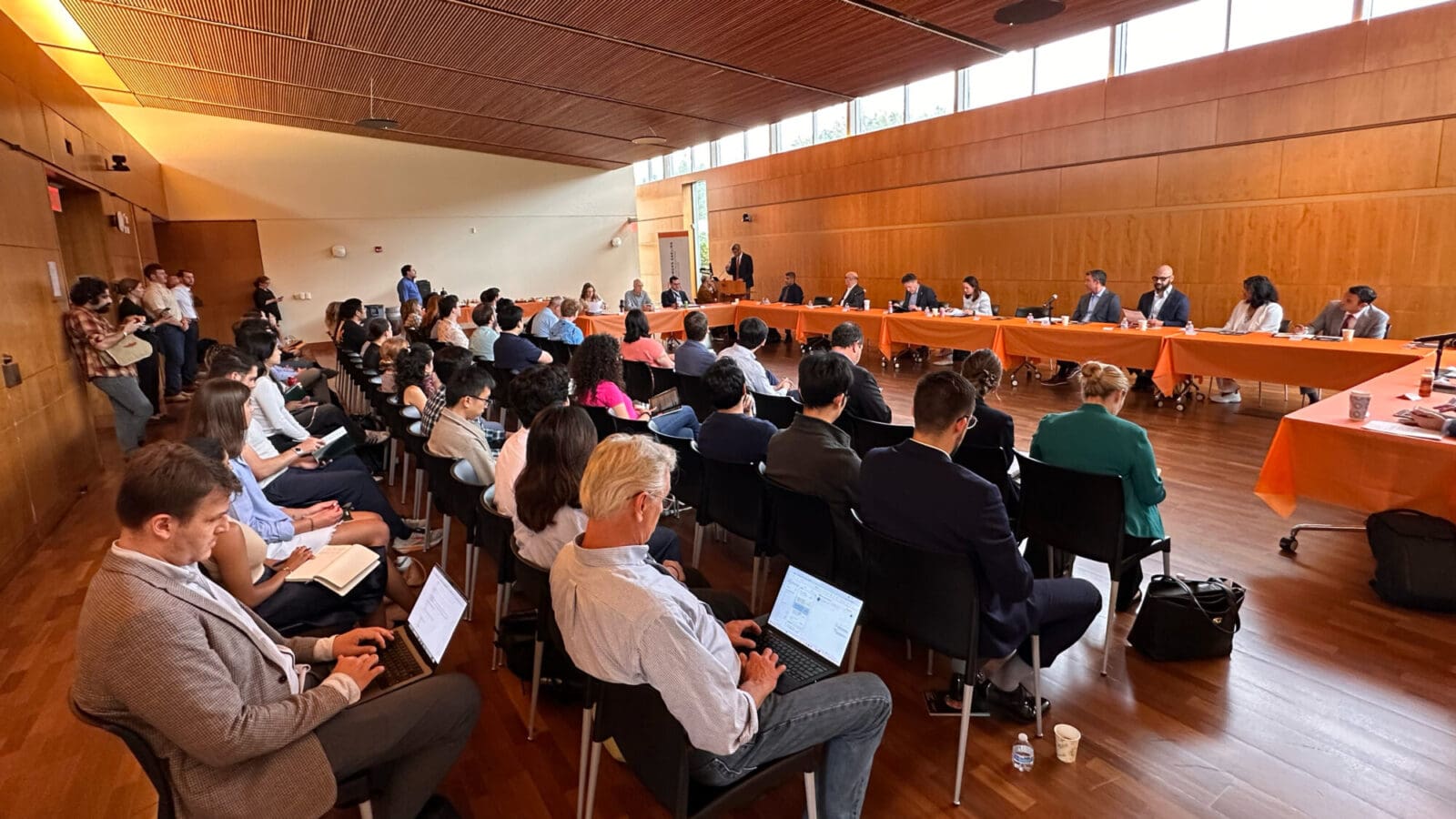Chemical and biological engineering addresses a range of problems in human health, energy, materials science, and industrial processes. Areas of excellence at Princeton include: applied and computational mathematics, bioengineering, environmental and energy science and technology, materials synthesis and processing, process engineering and science, thermodynamics and statistical mechanics, and transport phenomena.
News

Prud’homme wins John Scott Award for improving critical disease-fighting drugs

Faculty commended for outstanding teaching

Charles Schroeder, whose research has broadened the study of single molecules, joins Princeton faculty

Clifford Brangwynne wins Keio Medical Science Prize for discoveries merging materials science with biology

Morton Kostin, chemical reactions expert, dies at 89

Lawmakers convene with biotech leaders to discuss emerging future of health research
Faculty

José Avalos

Clifford Brangwynne

Mark Brynildsen

Jonathan Conway

Emily Davidson

Pablo Debenedetti

Dimitrios Fraggedakis

David Graves

Jerelle Joseph

A. James Link

Lynn Loo

Marcella Lusardi

Christos Maravelias

Celeste Nelson

Athanassios Panagiotopoulos

Rodney Priestley

Richard A. Register

Andrew S. Rosen

Michele L. Sarazen

Charles Schroeder III

Sankaran Sundaresan

